Review: the 2021 Porsche 718 Spyder is more fun to drive than a 911
The new 718 Spyder is a brilliant car that delivers more fun than a 911 for less money.
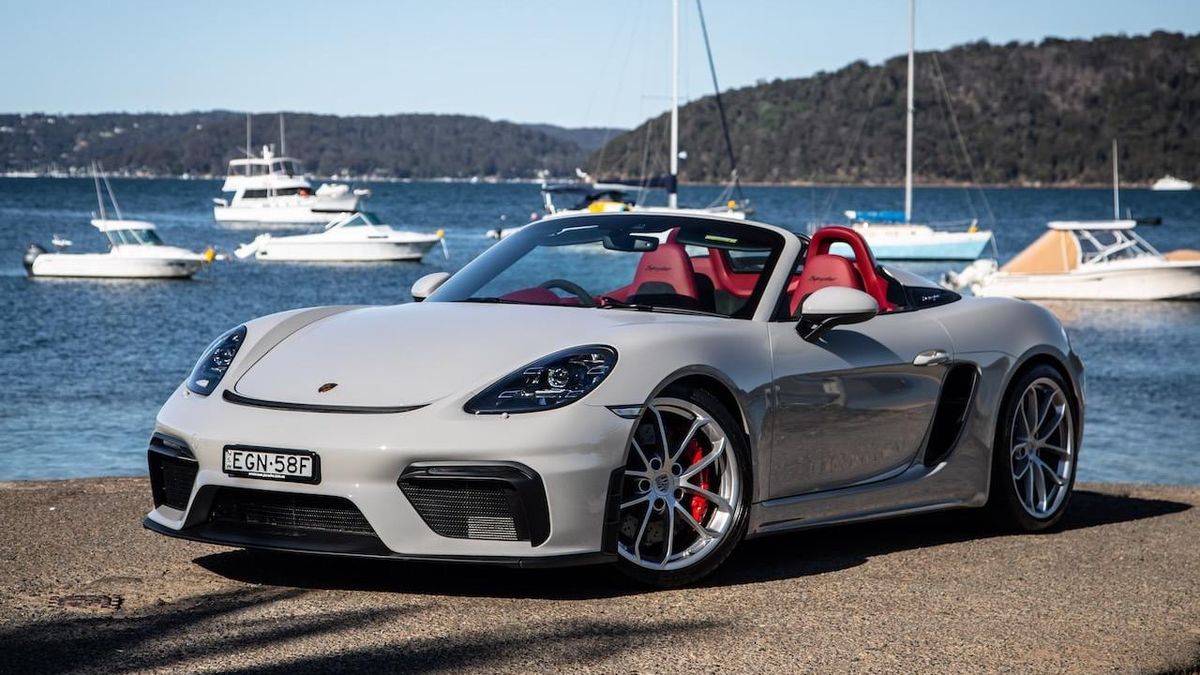
For so long, I held the unwavering view that to be a true Porsche aficionado you had to have the keys to a 911 in your pocket.
That changed when the Boxster Spyder was revealed at the 2009 Los Angeles motor show Here was a different kind of Porsche, one that offered a real alternative to the 911 but with that famous badge on the bonnet.
Some even rated it as the more communicative of the two. Not faster, mind, but a car that rewarded those behind the wheel with a more enhanced driving experience.
The Spyder also came with race-winning heritage from days gone by, including significant wins at the Nurburgring and Le Mans.
It earned Hollywood status when James Dean not only raced, but tragically died in his near-new 550 Spyder. Ironically, he was on his way to a race at Salinas in Northern California.
That was long before I was born, and years prior to me developing my life-long addiction to this iconic marque, something that’s more alive than ever these days given the 911 Carrera S in my own garage.
The modern Spyder was a light, nimble car that immediately earned its credentials. It tipped the scales at just 1275kg (80kg less than a Boxster S) thanks to lightweight measures like the removal of the soft-top electrics, audio system, door handles, air conditioning, cup holders and storage compartments.
More weight was saved by using aluminium doors and a rear deck, along with the lightest 19-inch alloy wheels in Porsche’s catalogue.
Specialised tuning meant the Spyder sat 25mm lower with stiffer suspension settings than other Boxsters for better handling.
It was powered by a mid-mounted 3.4-litre flat-six, the same as the one used in the Cayman S… only in Spyder guise it developed a bit more power. More than likely it was a revised version of the motor used in the 996 Porsche 911 Carrera but in a lighter chassis.
Porsche followed up with its second-generation Spyder in 2016, based on the latest-generation (981) Boxster/Cayman and armed with a 3.8-litre flat-six sourced from the Cayman GT4, lowered suspension from the GTS, and brakes and a sports exhaust borrowed from the 911 Carrera S. It was more exclusive, as a manual-only model.
Like its predecessor the Spyder adopted a lightweight formula, removing non-essential kit like the audio and air-con, though both could be added as no-cost options.
The so-called Streamliners behind the seats that tapered down over the entire length of the rear engine lid were a nod to the 718 Spyder from the 1960s and set the tone for that Speedster look.
It also got a new, more practical roof mechanism that allowed the car to reach its stop speed of 290km/h with the roof in place.
I never got to drive either of the previous Spyders with conviction and, with the onset of the latest turbo-four 718 making up the bulk of the line-up, there was a real possibility that I might never get behind the wheel of one. A soulless four-cylinder Spyder just wouldn’t cut it.
Thankfully, Porsche management has managed to keep a 4.0-litre naturally-aspirated boxer six in the mix, albeit a new more powerful version based on the current 911 Carrera model series.
I was lucky enough to drive the 911 Speedster up to its redline in Italy when it launched in 2019 and have been besotted with the car ever since, but with a price tag of $600,000-plus it’s well beyond my reach, along with 99 per cent of the car-loving population.
That’s where the new 718 Spyder comes into its own. Think of it as a Speedster for under $200,000 before on-road costs, one that’s way rarer than the 911 Carrera S, and you start to get the picture.
It’s just a cracking looking car with those Speedster-style buttresses and GT4 stance, but more fun factor and the versatility of being able to drop the roof on a beautiful day.
That’s why you’d buy this over the 718 Cayman GT4, right?
How much does the Porsche 718 Spyder cost?
If you opt for the traditional six-speed manual the price is $196,800 before on-roads. Adding the sublime PDK dual-clutch transmission to your 718 Spyder adds a $5090 premium that bumps the price to $201,890 before on-road costs.
Entry to the Porsche 718 club drops as low as $115,900 before on-roads for the Boxster manual with a four-pot turbo mounted behind the driver, where the range-topping Cayman GT4 starts from $206,600 for the six-speed manual, climbing to $211,690 before on-roads for the seven-speed PDK.
Cross-shopping against its 911 stablemate is pretty much a given, and for good reason when it comes to the Spyder when you consider its exclusively and cool factor alone, not to mention the performance and wind-in-the-hair experience it affords driver and passenger.
The least expensive Porsche 911 Carrera will set you back a not-so-cool $236,300 before on-road costs as well as any options you might tick, like the must-have Sports Chrono.
Most 911 buyers end up going for the Carrera S Coupe and that’s $274,600 before on-roads, or a deal-breaking $77,800 more than the Spyder.
As far as direct rivals go – well, there aren’t any. I suppose if French carmaker Alpine ever decided to build a soft-top version of its superb A110 you’d have to include that the competitive set, but for now Porsche appear to own this rarefied space.
What do you get?
Just to be clear, you’re getting one of the most thrilling naturally-aspirated Porsche flat-six engines ever built, and one that produces a thoroughly addictive noise that just gets better the higher you climb in the rev range.
That’s just the motor, before we start getting into the design of the 718 Spyder with its unique silhouette and properly-lowered stance.
Yes folks, this is the one Porsche you should strongly consider before splashing out on an entry-level 911.
The Spyder gets plenty of creature comforts including tinted bi-xenon headlights with Porsche Dynamic Light System, park assist with a reversing camera, auto-dimming mirrors with rain-sensing wipers, ambient interior lighting, Apple CarPlay, satellite navigation with Porsche Connect, digital radio, two-zone climate control, heated seats, and 20-inch alloy wheels in silver.
Our Crayon-finished 718 Spyder also featured a stack of optional extras including the paint itself ($5150), two-tone Bordeaux Red and Black Alcantara upholstery ($4920), adaptive sports seats plus ($5150), a Bose sound system ($2470), LED headlights with Porsche Dynamic Light System Plus ($2320), and colour-matched rollover bars ($1060).
It also had power-folding door mirrors with courtesy lighting ($620), headlight cleaning system covers painted in exterior colour ($410), and the Porsche logo in satin black ($310).
All of this bumped the price of the Spyder to a less attractive $219,290 before on-road costs, though we’d still go with the paint, seats, and upholstery for the look.
Let’s not forget the Spyder also enjoys the same specialised chassis as the Cayman GT4 with Porsche Active Suspension Management (PASM) with a 30mm lower ride, Porsche Stability Management (PSM), and Porsche Torque Vectoring (PTV) with a mechanical rear differential lock. It gets the full gamut of chassis aids.
Is the Porsche 718 Spyder safe?
Porsche doesn’t crash test its sports cars but all versions of the 718 Boxster get six airbags as well as all the chassis aids mentioned above.
The braking system is also substantial with 380mm rotors and six-piston calipers all round for a car that tips the scales at 1420kg.
Nevertheless, you can also arm your Spyder with a set of awesome carbon-ceramic stoppers if you intend on doing plenty of track days.
What is the Porsche 718 Spyder like on the inside?
It might be Porsche’s oldest model line at the moment but it doesn’t feel as much, especially with the stunning leather/Alcantara combination upholstery in our tester. That said, the 7.0-inch infotainment screen is a far cry from the new widescreen touch display in the latest 911.
Even then, it’s neatly integrated into the centre stack and beautifully encased in rich Bordeaux Red leather.
The Alcantara-inlayed sports seats are so good, not just for their functional design but for their unobtrusive, superb bolstering. I only wish I had them in my own 911.
The driving position is perfect but it might take a you a bit longer to find it as the seatback is fixed, although it can be slid forwards or backwards for drivers of different-sized frames.
Same goes for the stunning three-spoke Alcantara steering wheel. Usually I don’t rate Alcantara in a road car because I find it too hard on your hands over long distances but this one’s different.
There’s enough give to make it perfectly tactile – just don’t expect to find the drive mode dial as you get on more modern Porsche models.
The fit, finish, and materials are top notch, and I’m a big fan of the old-school air vents rimmed with real metal.
You’ll like the three-dial instrument display, too. It’s partly digital but mostly analogue with the Porsche’s trademark tachometer starring front and centre.
The door cards are practically all Alcantara with the only the top section in leather. It’s tasteful and luxurious at the same time.
Even the metal/Alcantara shifter is a design piece in its own right and perfectly located for flawless reach and feel in the palm of your hand.
There’s no room at all for phones or keys at the pointy end of the console, and the centre bin is small but at least there’s a usable glovebox and those trademark pop-out cupholders located on the passenger side offer some consolation for coffee drinkers.
Unlike the 911, on the 718 Spyder you get two boots; the ‘frunk’ will swallow two soft bags with its 150-litre capacity while the boot is good for 120 litres.
Unlike other soft tops the roof doesn’t rob the car of boot space, though it’s mostly a manual operation that requires the driver (or passenger) to get out of the car for both lowering and raising.
What’s under the bonnet?
Where the latest 992 series Porsche 911 uses a 3.0-litre twin-turbo flat-six developing between 283kW and 331kW (excluding the full-fat Turbo S), the Spyder gets a naturally-aspirated 4.0-litre flat-six making 309kW of power at 7600rpm (redline is at 8000rpm) and 420Nm of torque between 5000 and 6800rpm.
It’s rear-wheel drive, with power transmitted through a short-throw six-speed manual transmission or optional seven-speed PDK automatic.
You’re probably thinking it’s a detuned version of the motorsport-derived 4.0-litre in the outgoing GT3 and GT3 RS models, itself a derivative of the engine in the GT3 R and Porsche Cup racers, but the Spyder’s motor is actually a development of the 3.0-litre powertrain in the 911 Carrera S.
There’s also cylinder deactivation for better efficiency, though I doubt that’s one of the Spyder’s unique selling points.
It’s difficult to drive a Porsche sports car with the kind of restraint needed hit the factory fuel consumption number but in this case we came in beneath the Urban figure of 15.0L/km for the Spyder with our own 14.3L/100km average.
How does the Porsche 718 Spyder drive?
Not since I drove the 911 Speedster in Italy have I been this excited to hop into a Porsche.
I can’t actually nail my anticipation down to any one aspect of the car: it’s the entire package. It all just pops for me.
Those Speedster-like buttresses and chunky rollover bars are distinctive beyond the Crayon body colour itself.
The low-slung stance and aggressive rear diffuser with its integrated exhaust tips in gloss black will dispel any assertions this is a regular Porsche 718.
Only the roof latch and boot release are electrically operated, the rest of the mechanism is manual but only takes a few minutes – less after some practice. It’s worth it, because like the Speedster – unless it’s bucketing down – dropping the top is 100 per cent mandatory in this car.
Dropping deep into the Sports buckets is something to be savoured. It feels like you’re a lot lower in the car than even a 911. The driving position is flawless.
I still love the process of inserting the key fob into its ignition slot and twisting to start. You don’t need to do that on the 911 anymore, with its built-in fob allowing you to keep it on your person instead.
There’s a proper motorsport-like bark on start-up, and even at idle the 718 encourages the driver to get stuck in.
That said, you’ll want to tap the Spyder’s sports exhaust button the moment you’re out of earshot of the neighbours as revs are what this car craves.
I’m a huge fan of the Porsche’s PDK, but it has no place in the 718 Spyder. Instead, the shifter feels beautifully mechanical and totally in-sync with the clutch pedal. It’s also about that feeling of the metal shifter in the palm of your hands – this is what driving is all about for me.
Riding on Michelin Cup 2 rubber it pays to start out with a level of restraint in the Spyder, at least until you build up some heat in the tyres. Cornering grip can be huge but only when they’re thoroughly warmed up.
In all of a minute the Spyder feels completely at ease to me in the same way a 911 feels like the world’s best sports car from the moment you climb in. On the one hand it feels hardcore like a GT car, but on the other it’s a piece of cake to pilot.
There’s an issue, though, one that has the potential to undermine one of the most thrilling exhaust notes you’re likely to hear this side of a full-blown 911 RSR on a shakedown.
The gearing is tall, maybe a little too much so, unless you’re lucky enough to have a racetrack in the backyard where you can max out the lower gears.
I found myself dropping back into second for that flat-six crescendo that arrives anywhere from 5500rpm – and it only gets better from as you approach the 8000rpm ceiling. I don’t drink or do drugs, but the sound of the twin-branch sports exhaust at full cry is what I can only imagine is akin to crack for users.
The problem is your terminal speed is simply too high at that point to warrant pushing on.
The third-gear ratio is equally long so again, you shift down to second in the hope of hitting that high, such is that race-bred shriek that arrives at 8000rpm.
It’s fast, but not blisteringly so. But that doesn’t matter, because the instantaneous throttle response, perfectly-metered brake pedal and linear power delivery in every gear and anywhere in the rev range tends to counter any need to be quicker out of the gate.
It’s pure driver engagement that counts most here and the Spyder has truckloads of the stuff. If you’re not smiling at this point, check your pulse.
Looking at the numbers, 0-100km/h in 4.4 seconds seems a bit underwhelming for a 4.0-litre flat-six. I’m sure it’s the taller gearing that holding the Spyder back. Shorter ratios for the lower gears would mean this car could fire out of the blocks with more urgency than it does.
While there are no qualms about the engine’s soulful nature higher in the rev range, it lacks the same resolve and character down low as a result of the Spyder’s gearing.
The short-throw shift is as addictive as the engine note itself and with a rev-matching function that’s so perfectly in sync, it’s completely understandable why heel and toe shifting is a dying art. Enthusiasts will start out that way but if you’re like me, you’ll just end up reverting back to such infallible technology, especially around town.
The Spyder is relatively pointy, but not overly so. Without the benefit of a closed road or a string of fast-flowing twisties for a steering workout, local roundabouts provided an opportunity to test for quickness and agility.
It’s nicely weighted, though it could be a little sharper off centre notwithstanding the genuine feedback on offer.
There’s no scuttle shake to speak of, at least none that I recall – and 95 per cent of my time with the Spyder was open air. There’s no doubt the chassis is stiff, you can feel that with every rapid change of direction. It almost begs to be taken by the scruff of the neck and manhandled, or it would if the chassis wasn’t so superbly precise.
This is a car that talks to you – sings to you, even – just keep an eye on your speed.
I’m not sure how Porsche’s engineers have managed to inject such levels of compliance into the Spyder’s suspension system, because all manner of broken road and speed bumps are absorbed by the car’s damping system despite its lower ride and sports tuning.
But there is an issue. The Spyder’s front splitter hangs dangerously low to the tarmac. Even approaching my own driveway at the mandatory 45-degree angle, it bottomed out the splitter. In short, it needs a front lift kit.
How much does the Porsche 718 Spyder cost to run?
Porsche offers a three-year new car warranty on all its vehicles and recommends an annual oil service at a cost of $695 and an intermediate service for $1110 for all 718 Boxster and Cayman models.
Three years of warranty coverage is par for the course in the luxury segments, and given the 718 Spyder’s lack of direct competitors there’s not much to use as a reference point.
Our take on the Porsche 718 Spyder
Make no mistake, the Porsche 718 Spyder looks and feels more special than a 911, and it ertainly will be a rarer sight on the road.
That the 911 still reigns as king is undeniable, but arguably the Spyder offers more to the enthusiast with its rewarding naturally-aspirated flat-six and roof-down experience that allows you to take in the full effect at 8000rpm – should you be lucky enough to get there. If only the gearing was shorter that might be a lot more often.
Either way, the Spyder remains something of a Porsche bargain against the 911, and that’s something worthy of serious consideration.
This article is published under license from Car Expert: the original article can be viewed here
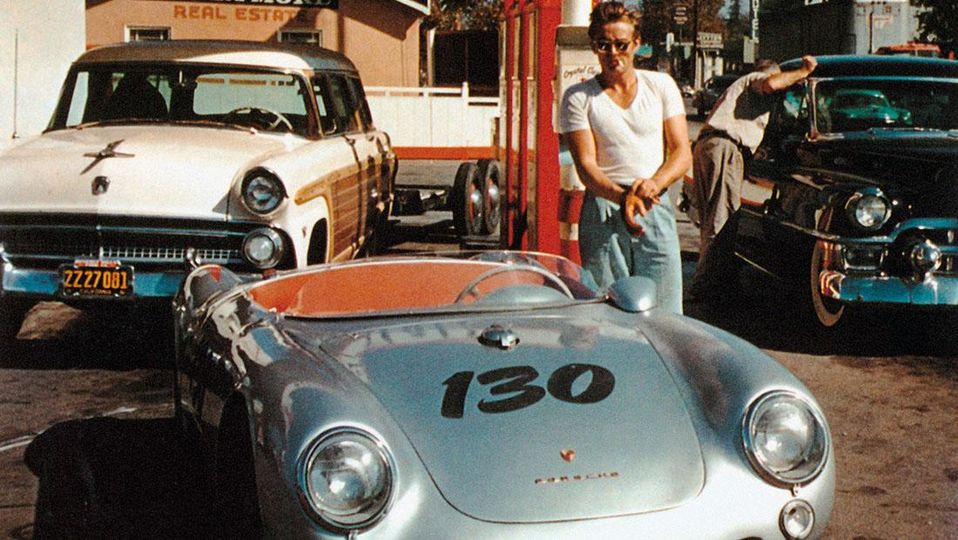
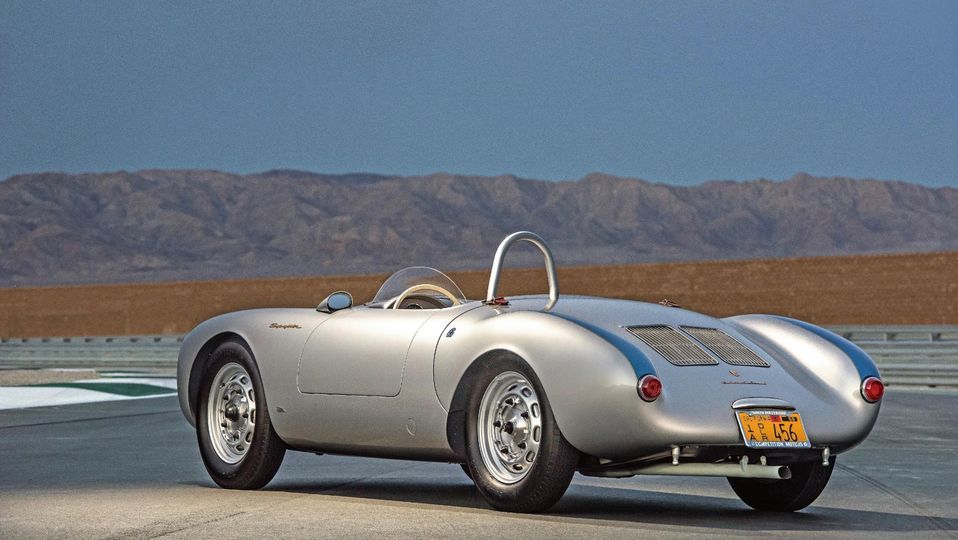
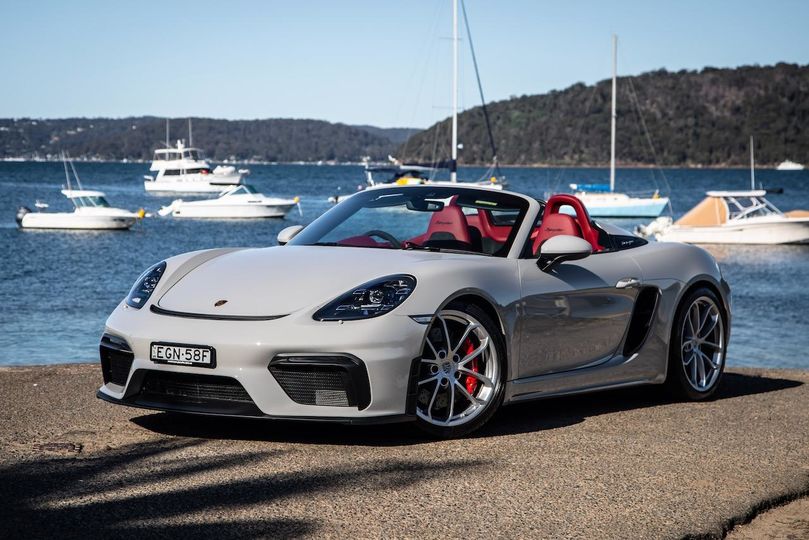
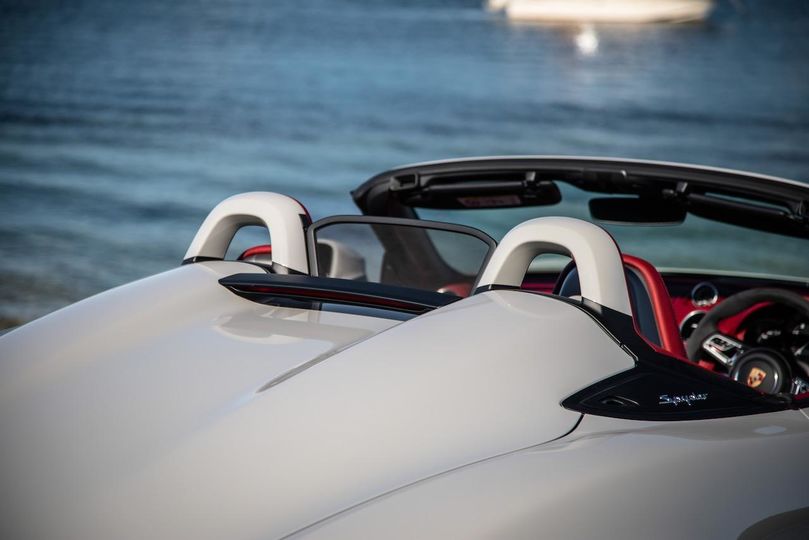
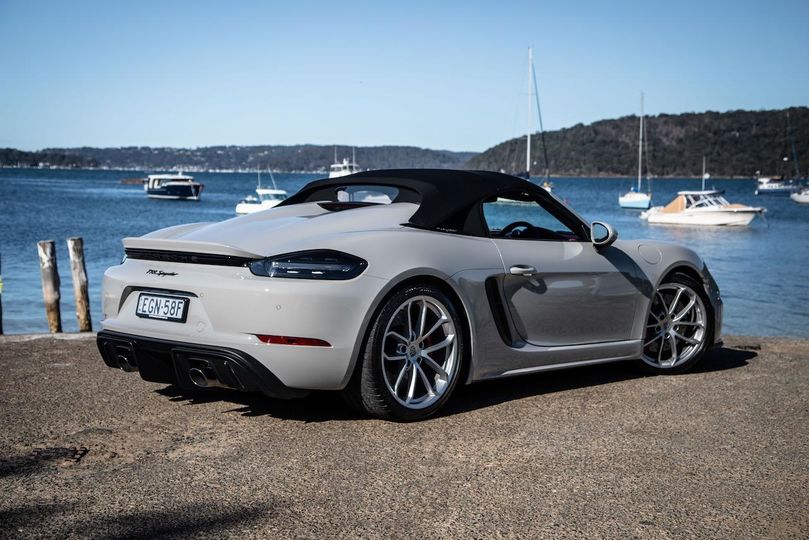
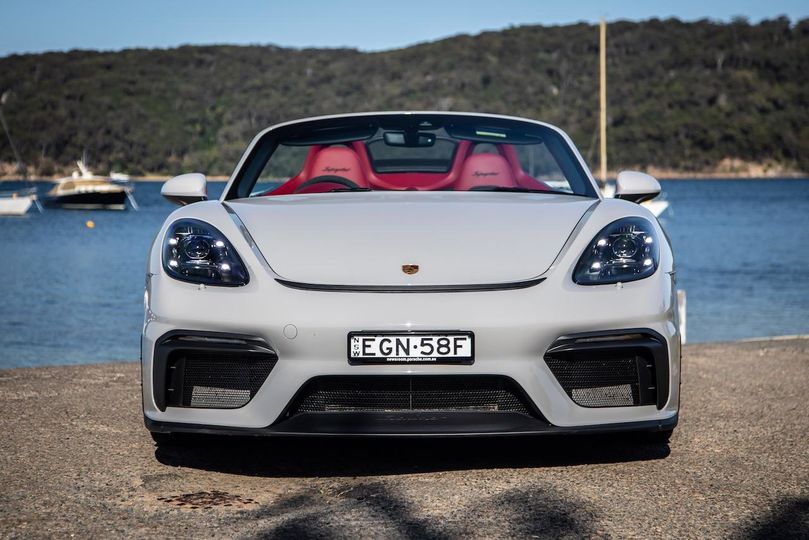
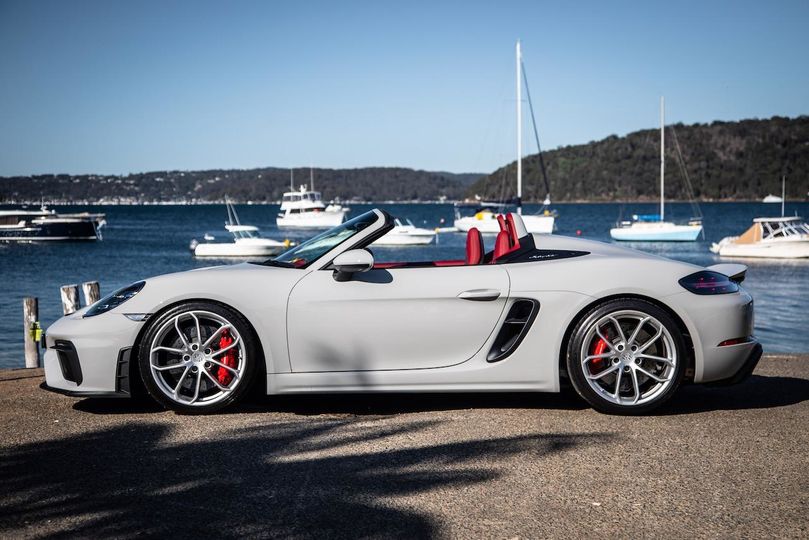
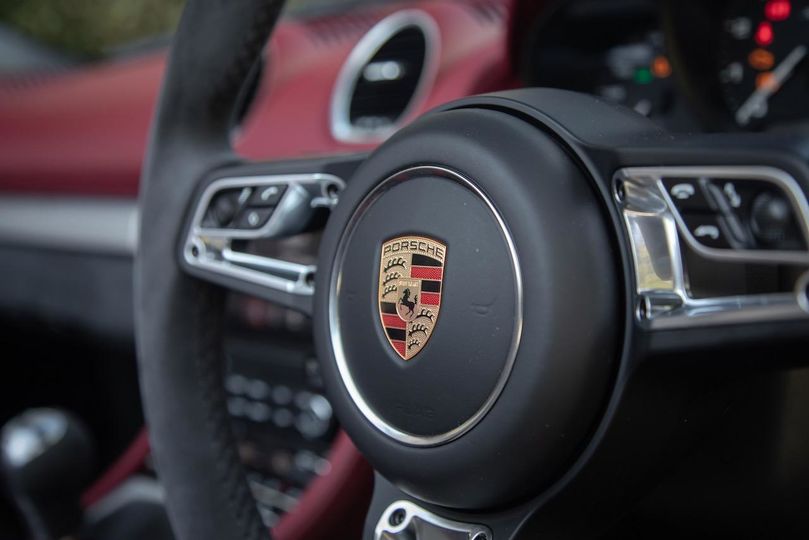
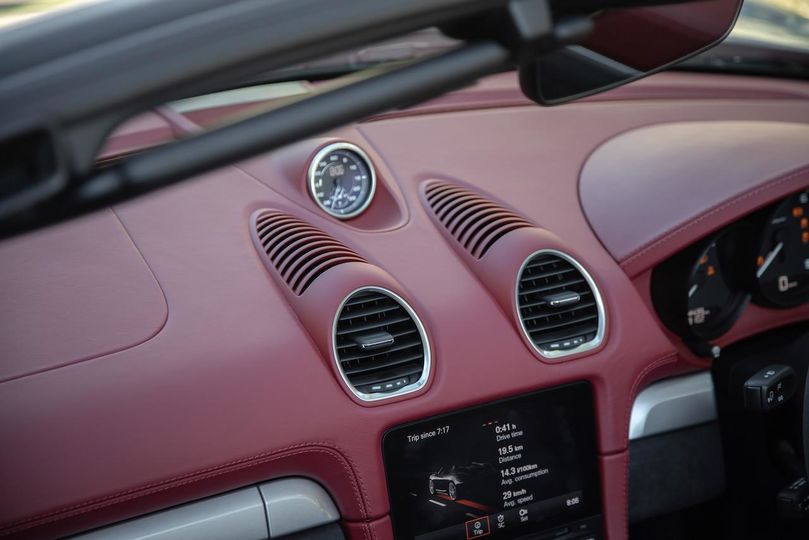
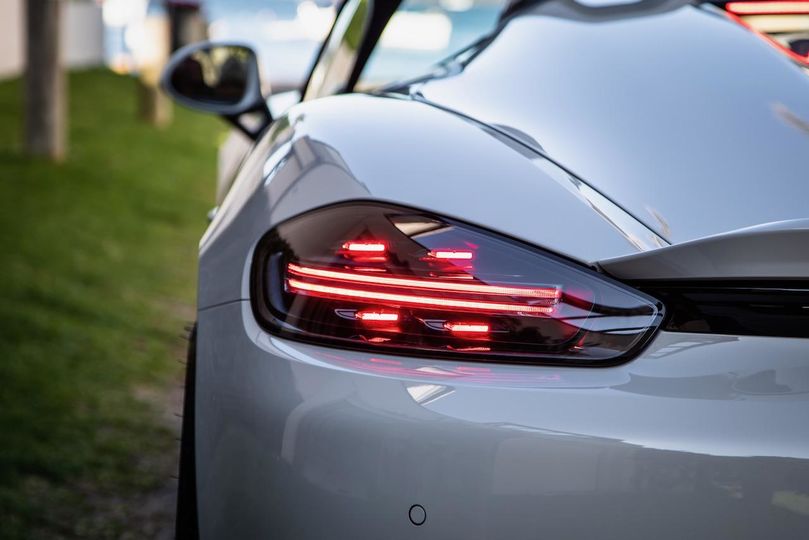
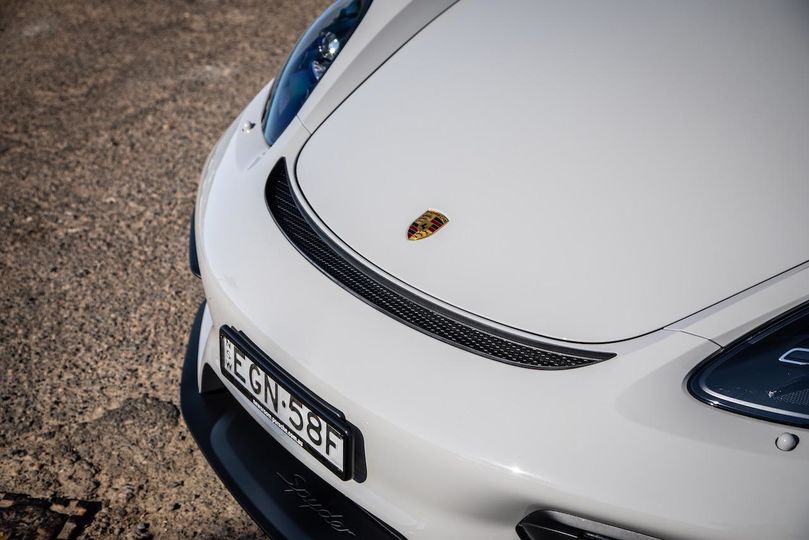
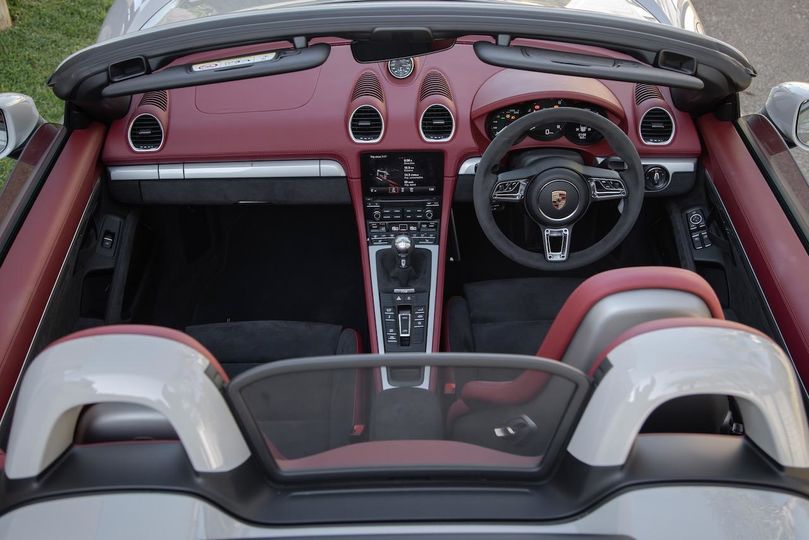
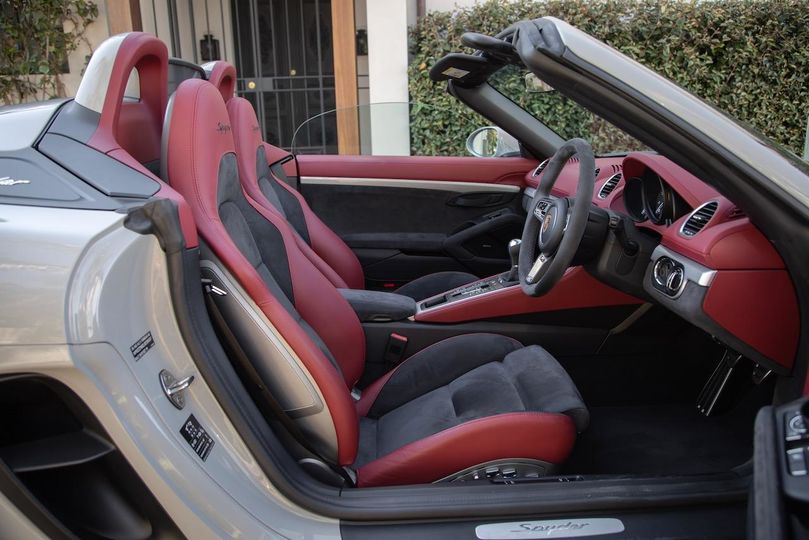
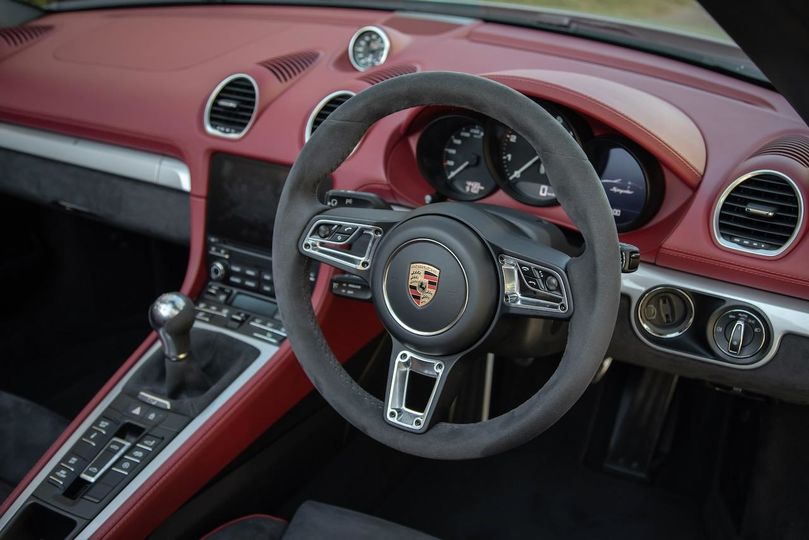
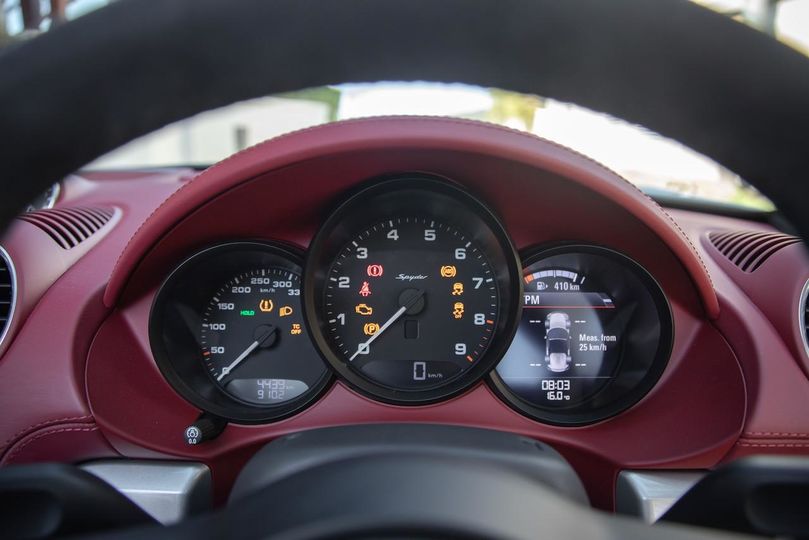
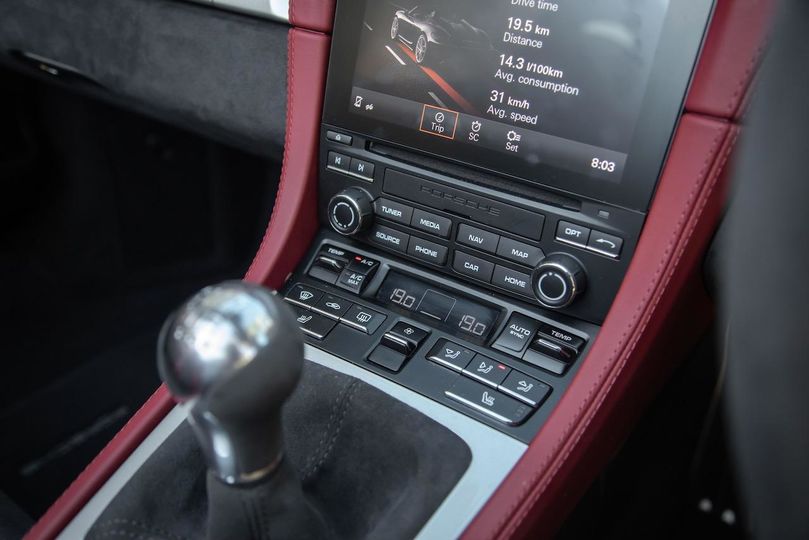
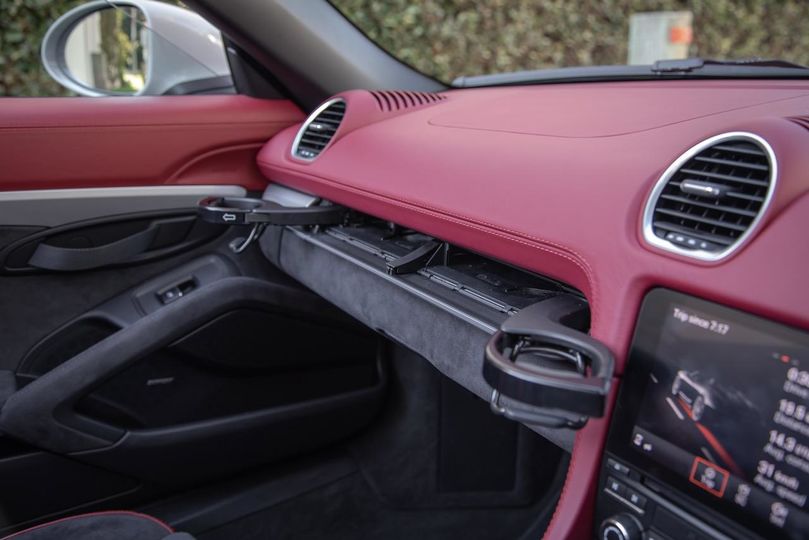
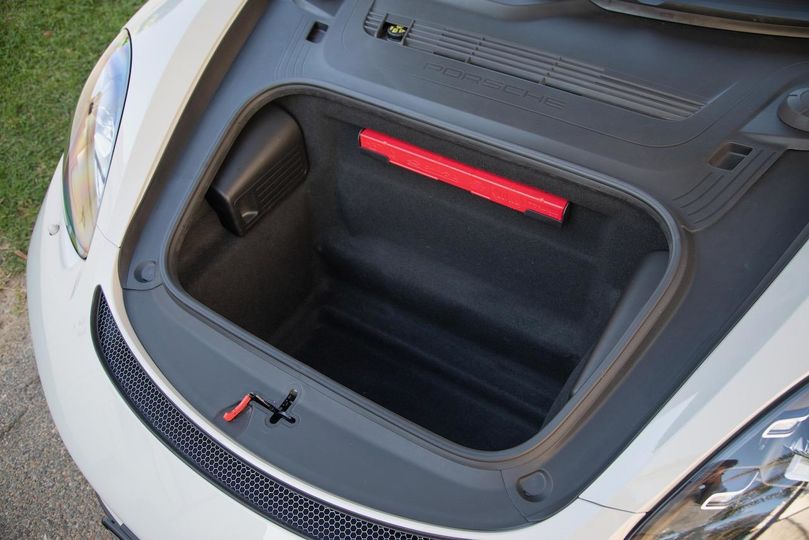
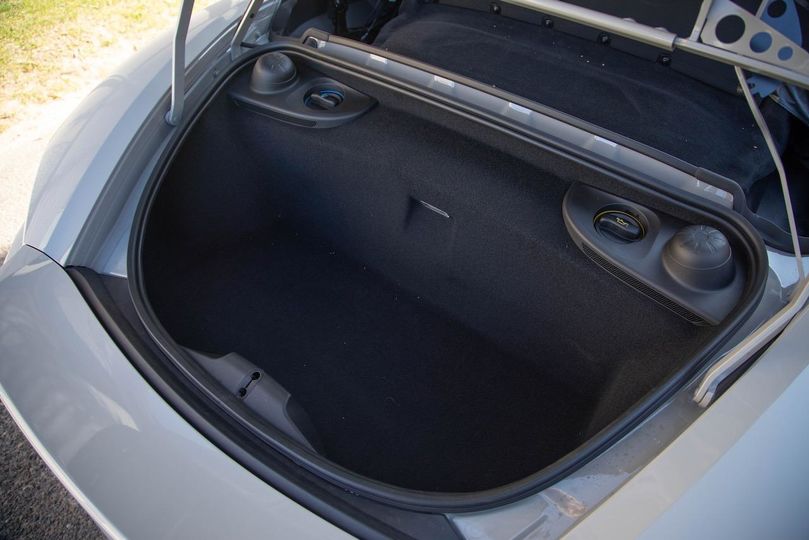
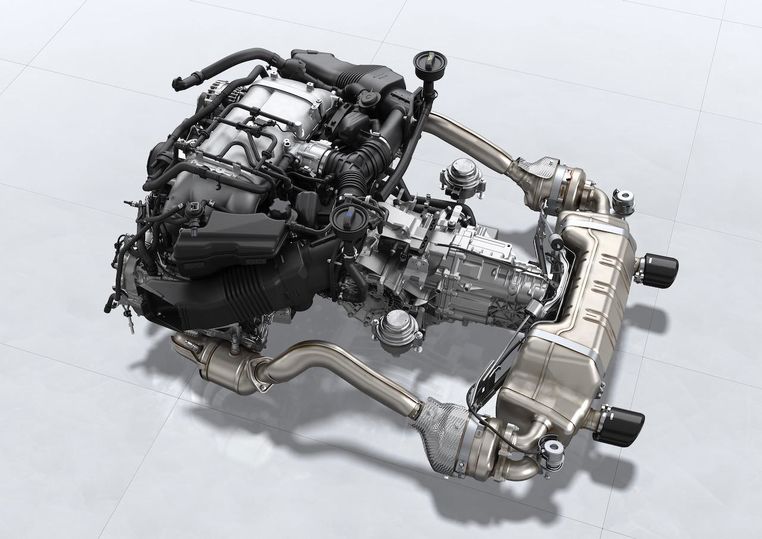
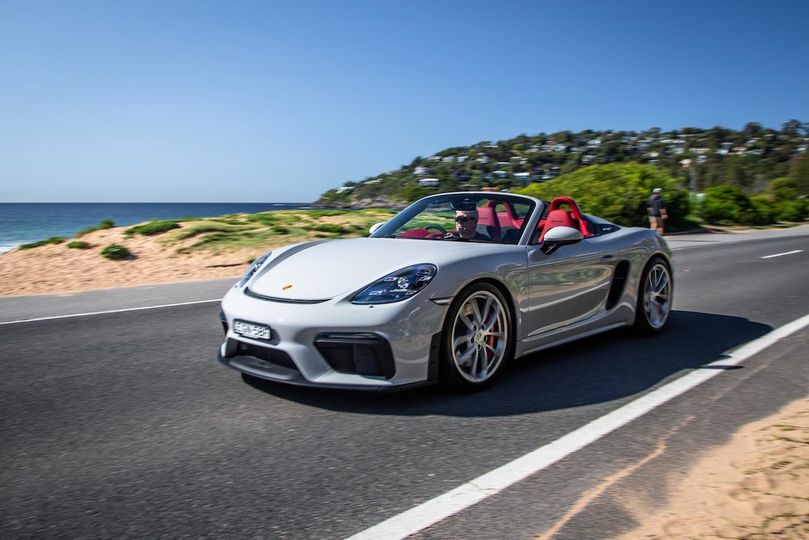
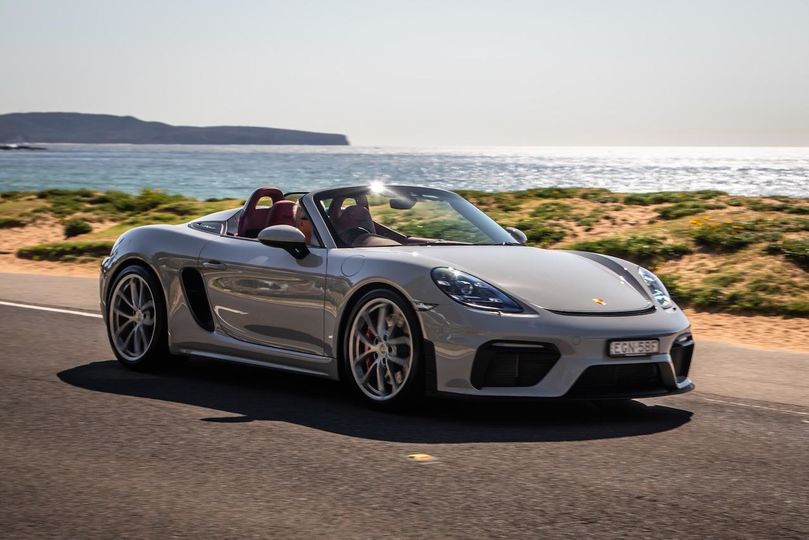
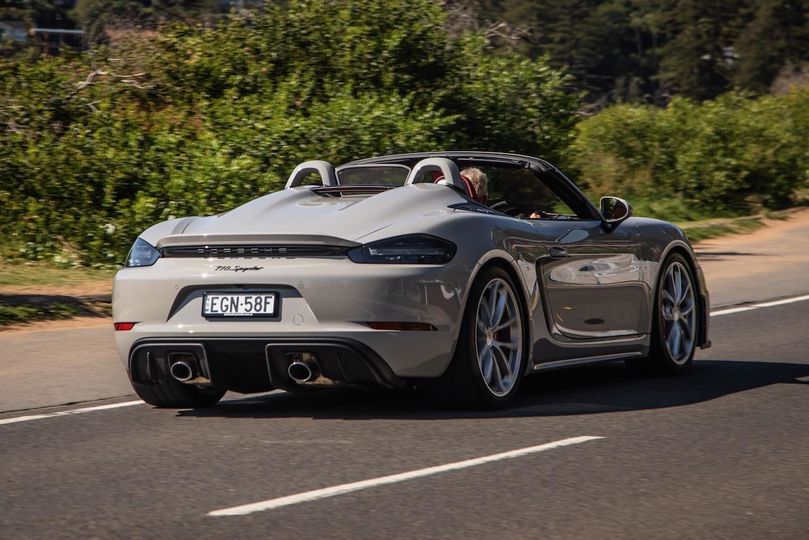
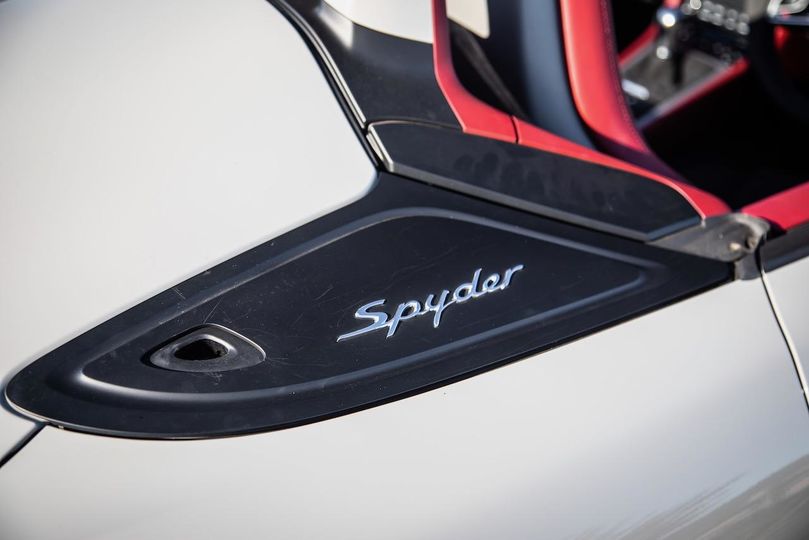
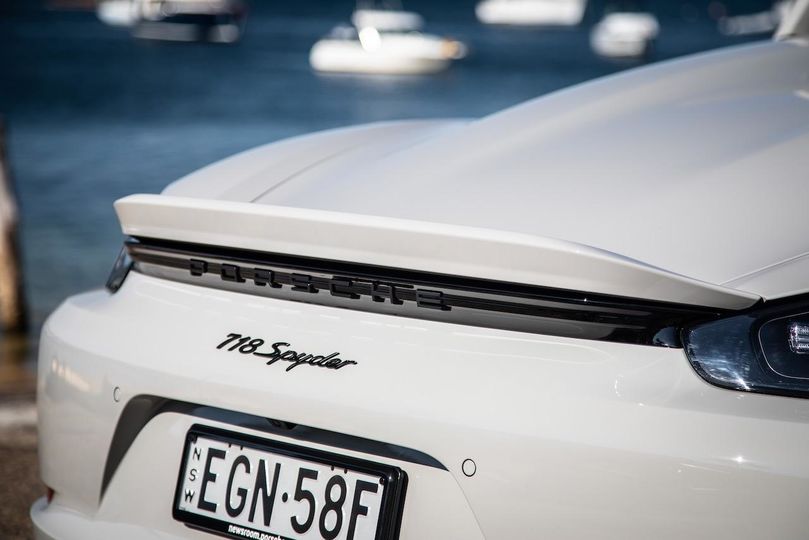

Hi Guest, join in the discussion on Review: the 2021 Porsche 718 Spyder is more fun to drive than a 911